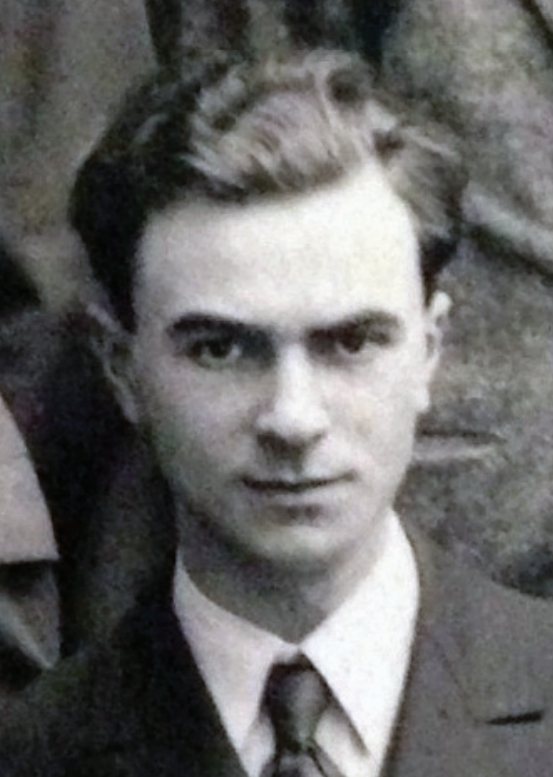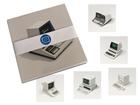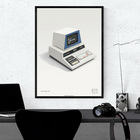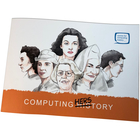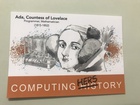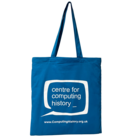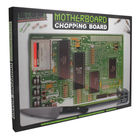Eryl Wynn-Williams
|
Eryl Wynn-Williams Eryl Wynn-Williams was born in 1903, and brought up in Wrexham. His father, William Williams, was himself a physicist having earlier been on the staff of the Royal College of Science, now Imperial College, and published papers on dimensional analysis and Fourier series. By the age of 22, Eryl Wynn-Williams had already obtained BSc Much of the research in Rutherford’s laboratory in this era involved counting α-particle production rates from different radioactive elements. Direct observations were slow and tedious so researchers were on the lookout for ways to automate their data collection techniques. Photographic recording methods led to some improvements, but 40 minutes of observations required a 400 foot roll of bromide paper and many hours in the darkroom. Mechanical counters were clearly an answer but in their raw state were impractical because of their low speed. In 1930 Wynn Williams devised a way to use electronic valves as counting devices. He connected several thyratrons in a ring circuit in which only one thyratron at a time could pass a current. Successive electric pulses would activate the thyratrons in sequence. A ring of five thyratrons connected to a mechanical counter could therefore handle five times the pulse rate of the counter itself. His ring counter was a great success, but he realised that the circuit could be considerably simplified if the ring were reduced to just a pair of thyratrons, which also much improved their performance and stability. He then optimised the use of valves for counting by connecting such pairs of thyratrons in series so that each pair counted only every second pulse received by the preceding pair. He termed this invention which is at the heart of all modern computing the “scale-of-two” counter. His innovations therefore marked the dawn not only of the use of electronics for counting purposes, but also the use of the binary numbers for electronic computation.
Several three‐bit counters were built for the laboratory, one of which is on display in the Cavendish museum. They were quickly put to use by the Cavendish’s physicists, including Chadwick who used one in his experiments that led to the discovery of the neutron in 1932. R. V. Jones, UK Government Scientific Intelligence advisor in the Second World War, wrote in Nature in 1981: ‘... the modern computer is only possible because of an invention made by a physicist, C.E.Wynn-Williams, in 1932 for counting nuclear particles: the scale-of-two counter, which may prove to be one of the most influential of all inventions.’ In 1935 Wynn‐Williams moved to Imperial College, London where he worked with G.P. Thompson’s group studying neutron physics. During the war he was brought in by Max Newman to utilise his electronic skills to speed up the code-breaking efforts at Bletchley Park. He designed and developed the counters of Heath Robinson, a machine After the war Wynn‐Williams returned to Imperial College for the remainder of his career, but his connections with Cambridge and Trinity College were revived in the 1960s when my brother and I obtained physics degrees there. The story of the scale-of-two counter is a classic example of how a modest investment in pure science research – in this case the donation of six thyratrons to the Cavendish by the BTH company – can lead to massive benefits to society many years later. More Information : Eryl Wynn-Williams - Scale of Two Counter Author : Gareth Wynn-Williams
An informative documentary about Eryl Wynn-Williams is available to view on YouTube:
|
|


